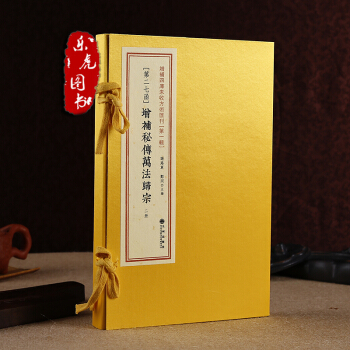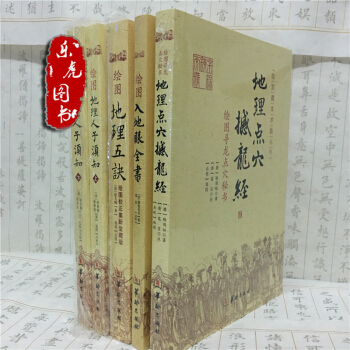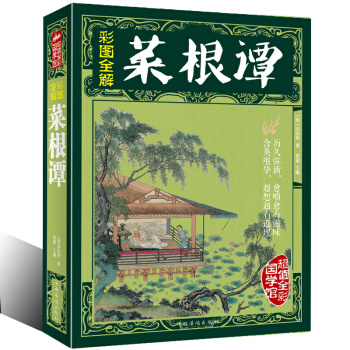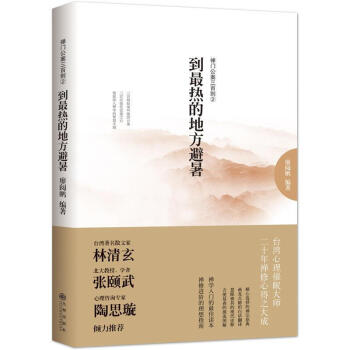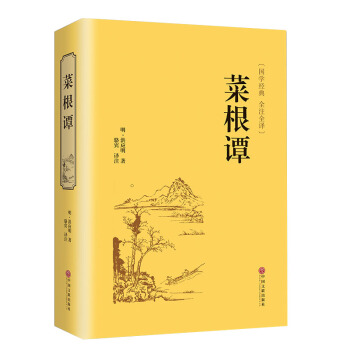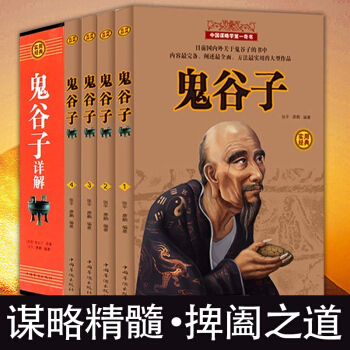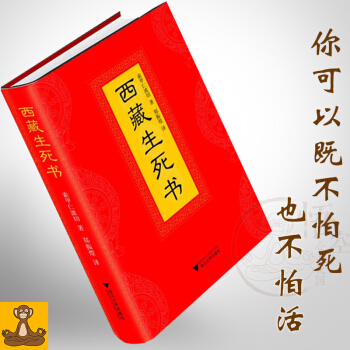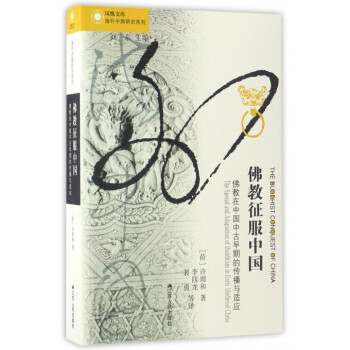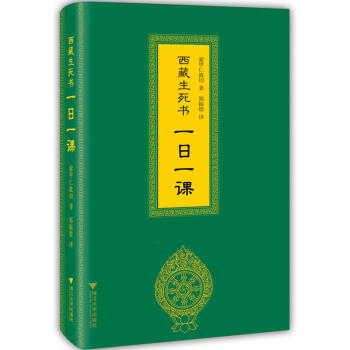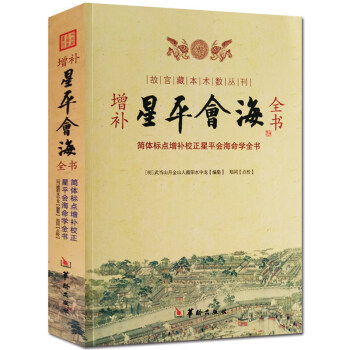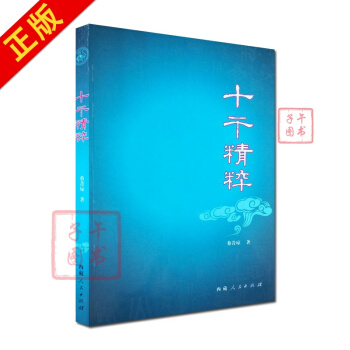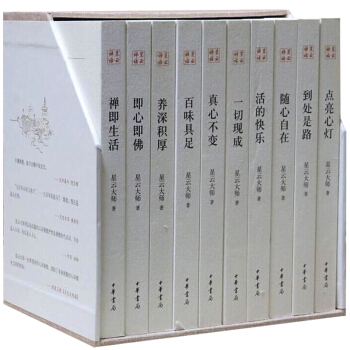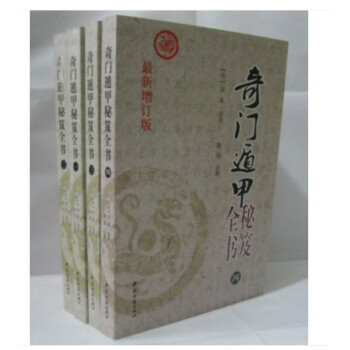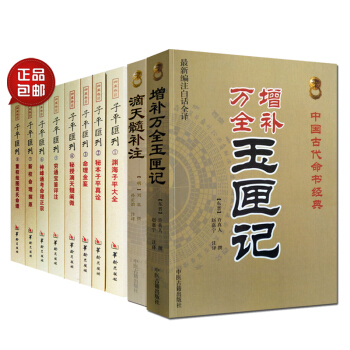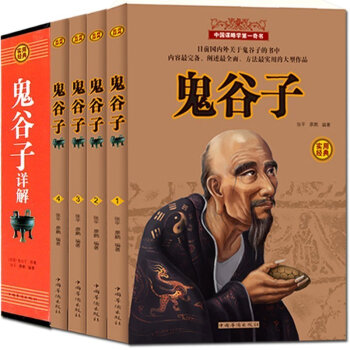具體描述
作 者:南懷瑾 著述 著作 定 價:25 齣 版 社:復旦大學齣版社 齣版日期:2016年03月01日 頁 數:142 裝 幀:平裝 ISBN:9787309116045 ●引言
● 道教學術思想的文化淵源
● 道教立教的過程
●第二節 道教學術思想的淵源
●一、黃帝先後時期學術思想的初步規模
●二、三代(堯、舜、禹)時期天人閤一思想的規模
●三、夏、商、周三代文化的演變
●四、周穆王西徵與神仙故事的起源
●第三節 道教起源於春鞦戰國時期的神仙方士
●一、泰漢時期的道傢與神仙
●二、漢初內用黃老的文景之治
●三、漢武帝與神仙方士
●四、東漢重視圖讖開啓道教的先聲
●第二章 道教的建立
● 漢末三國時期的道教
●一、諸山道士時期
●二、張道陵的創教時期
●三、魏伯陽的弘揚神仙學術
●四、黃巾張角的旁門左道
●五、漢末著名的道士
●部分目錄
內容簡介
本書是南懷瑾先生撰寫的一部道教史著作。全書分為八章,對道教的學術淵源,道教的建立、成長、擴張和演變,道教的流派、人物與經典,帝王與道教的關係,以及道教的研究情況等,做瞭簡練係統的敘述。書末附有道教資料和《道藏》介紹,可資參考。 南懷瑾 著述 著作 南懷瑾先生(1918—2012),海內外享有盛譽的有名學者。齣生於浙江溫州書香世傢,自小接受私塾傳統教育,少年時期就已讀遍諸子百傢的各種經典。他精研儒、釋、道,將中華文化各種思想融會貫通。1969年創立東西精華協會,旨在促進東、西文化精粹之交流。1980年在颱灣地區創辦老古文化事業有限公司。
南懷瑾先生在颱講學三十六年,旅美三年,居港十數年,2004年落腳上海。2006年,他定居於江蘇太湖之濱的太湖大學堂,終其晚年在這裏講學、授課,培養下一代文化種子。
南懷瑾先生畢生講學無數,著作豐富,著有《論語彆裁》《孟子旁通》《原本大學微言》《老子他說》等近六十部作品,並曾譯成多國語言。他等
《東方智慧的脈絡:中國傳統思想的演進與現代迴響》 這部著作,宛如一幅徐徐展開的宏大畫捲, meticulously charting the complex and multifaceted evolution of Chinese traditional thought, a rich tapestry woven from diverse philosophical, ethical, and spiritual threads that have shaped the very essence of Chinese civilization. It ventures beyond the confines of any single school or doctrine, instead focusing on the overarching currents and transformative shifts that have defined this intellectual lineage for millennia. The narrative commences with the nascent stirrings of indigenous philosophical inquiry in ancient China, exploring the foundational questions about the cosmos, human nature, and the principles of social order that preoccupied the thinkers of the Spring and Autumn and Warring States periods. Here, the seeds of profound ideas were sown, giving rise to the intellectual ferment that would later blossom into distinct philosophical traditions. The book delves into the foundational concepts of key early thinkers, not merely as historical curiosities, but as potent forces that continue to resonate. It examines the Way (Dao) as envisioned by Laozi, not as a prescribed dogma, but as an ineffable cosmic principle, a natural order that underpins all existence. The emphasis is on understanding the Taoist worldview as a deeply intuitive and holistic approach to life, one that advocates harmony with nature and the cultivation of inner peace through wu-wei (non-action). Similarly, the exploration of Confucian thought extends beyond the veneration of ritual and social hierarchy. It scrutinizes the core tenets of ren (benevolence), yi (righteousness), and li (propriety) as dynamic ethical frameworks designed to foster a flourishing society and cultivate virtuous individuals. The book highlights the Confucian aspiration for a well-ordered state and a harmonious family, but importantly, it interrogates the underlying mechanisms and the societal conditions that facilitated or hindered the realization of these ideals. It explores the tension between the ideal sage-king and the pragmatic realities of governance, and the continuous reinterpretation of Confucian principles in response to changing social and political landscapes. However, the scope of this exploration is by no means limited to these two towering pillars of Chinese thought. The book diligently traces the profound influence of Buddhism upon the Chinese intellectual and cultural landscape. It doesn't just present Buddhism as an imported religion, but rather as a transformative force that interacted dynamically with existing Chinese philosophical traditions, leading to unique syncretic developments. The text meticulously analyzes the assimilation of Buddhist doctrines, such as karma, reincarnation, and the concept of emptiness (sunyata), and their subsequent reinterpretation within a Chinese context. It examines how Buddhist monasteries became centers of learning, translation, and cultural exchange, and how Buddhist concepts infiltrated Chinese art, literature, and popular beliefs, offering new perspectives on life, death, and the human condition. The book pays particular attention to the emergence of distinct Chinese Buddhist schools, such as Chan (Zen) and Pure Land Buddhism, highlighting their unique contributions and their enduring impact on Chinese spirituality and psychology. It explores the philosophical debates and the intellectual syntheses that characterized this period of profound cultural cross-pollination. Beyond these major streams, the work also sheds light on other significant strands that contributed to the intricate fabric of Chinese traditional thought. It investigates the enduring appeal and practical applications of herbalism and traditional medicine, not merely as a collection of remedies, but as a holistic system of understanding the human body and its relationship with the environment. The book explores the underlying principles of qi (vital energy), yin and yang, and the five elements (wuxing) as fundamental concepts that informed medical diagnosis and treatment, reflecting a profound philosophical understanding of interconnectedness and balance. It examines how these practices were deeply interwoven with cosmology and ethics, embodying a worldview that prioritized harmony and prevention. Furthermore, the text engages with the rich tradition of Chinese cosmology and divination. It explores the intricate systems of the I Ching (Book of Changes), the zodiac, and other geomantic practices, not as superstitious relics, but as sophisticated attempts to understand the patterns and rhythms of the universe and to navigate human affairs within this cosmic framework. The book highlights how these practices were often integrated with ethical considerations, offering guidance on decision-making and fostering a sense of responsibility within the natural order. It examines the philosophical underpinnings of these divinatory systems, revealing a deep-seated belief in the interconnectedness of all things and the possibility of discerning underlying patterns in seemingly chaotic events. The book’s analytical framework is not static; it emphasizes the dynamic and evolving nature of these intellectual traditions. It meticulously traces the historical periods, identifying key junctures where existing ideas were challenged, reinterpreted, or synthesized in response to new challenges – be they social upheaval, foreign contact, or internal intellectual debates. The work highlights the constant dialogue and sometimes conflict between different philosophical schools, and how this intellectual contestation ultimately led to a richer and more nuanced understanding of fundamental questions. It explores how these traditions adapted to the changing socio-political landscape, demonstrating their resilience and their capacity for reinvention. The narrative underscores the fact that Chinese traditional thought was never a monolithic entity but a vibrant and ongoing conversation across centuries. Crucially, 《東方智慧的脈絡》 doesn't relegate these traditions to the dusty archives of history. A significant portion of the work is dedicated to exploring the enduring relevance and the profound modern echoes of this rich intellectual heritage. It bridges the gap between ancient wisdom and contemporary concerns, examining how these long-held philosophical perspectives offer valuable insights into present-day challenges. The book explores how concepts of harmony, balance, community responsibility, and the cultivation of inner resilience, deeply embedded in traditional Chinese thought, can provide alternative frameworks for addressing issues such as environmental degradation, social fragmentation, and the anxieties of modern life. It investigates the ways in which these ancient ideas continue to inform contemporary ethical debates, psychological approaches, and even artistic expressions. The work seeks to demonstrate that these are not merely historical artifacts but living traditions with the potential to offer profound guidance and solace in our rapidly changing world. The book’s strength lies in its nuanced and multi-layered approach. It avoids simplistic categorizations and instead embraces the complexity and the inherent interconnectedness of these diverse intellectual currents. It recognizes that these traditions often overlapped, influenced each other, and were rarely practiced in pure isolation. The narrative weaves together philosophical exposition with historical context, providing readers with a comprehensive understanding of how these ideas emerged, evolved, and left their indelible mark on Chinese society and beyond. The author’s meticulous research and insightful analysis bring to life the intellectual giants and the profound questions that have shaped Chinese civilization, offering a compelling and accessible journey through the heart of its enduring wisdom.



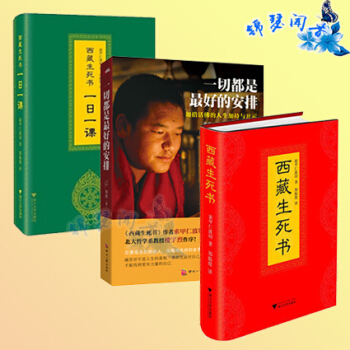
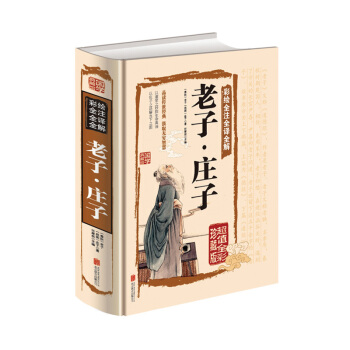

![正版現貨 [45元任選3件]思維風暴 你也可以成為強大腦 pdf epub mobi 電子書 下載](https://pic.tinynews.org/10823537872/58047117N141cdf48.jpg)
